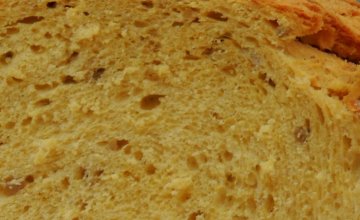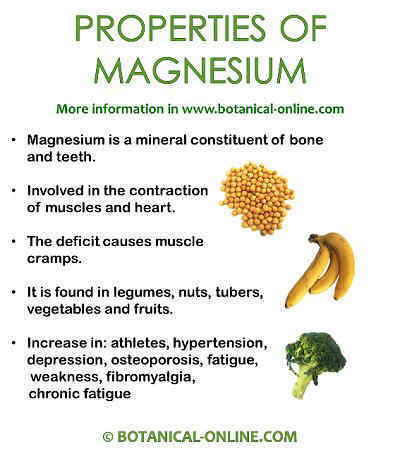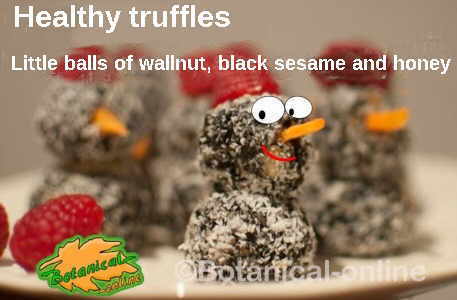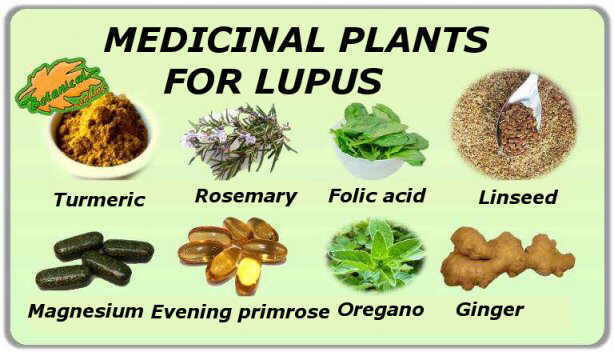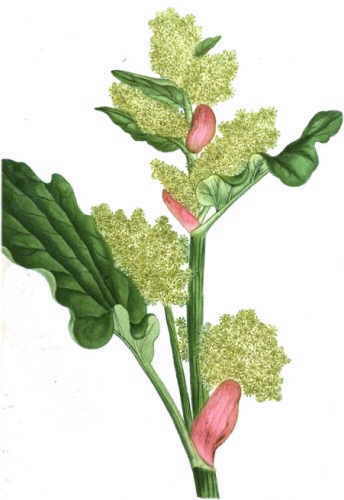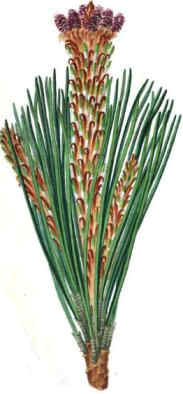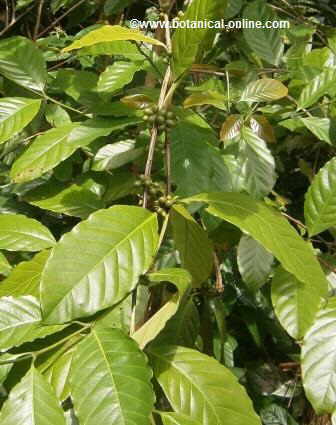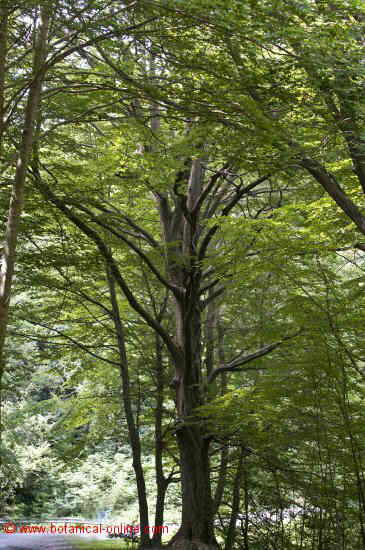How to use insecticide plants to treat plants diseases and plagues?
Why not to use chemical pesticides?
It is better not to use chemical pesticides because they are very toxic.
Types of insecticide plants for pests and plants diseases
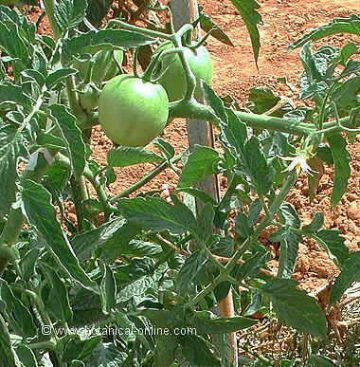
At home level there are many effective remedies:
Many plants are also capable of eliminating many plant diseases since they contain principles with bactericidal properties (bacteria-eliciting) or bacteriostatic properties (able to prevent the development of bacteria by avoiding their reproduction).
Others have fungicidal properties (able to eliminate fungi) or fungistatic properties (able to prevent their development by not allowing them to reproduce)
Thus, for example, garlic (Allium sativum) is widely used to combat many pests and diseases of plants.
It contains 24 fungicide components, among which are allicin, ajoene, caffeic acid chlorogenic, salicylic, coumaric, selenium, etc). Ajoene and benzoic acid are fungistatic. Quercetin is bacteriostatic. But, it also contains 5 insecticidal components and 11 insectifuge components. With all this it is not uncommon for this plant to be used to ecologically combat aphids or red spiders.
Tomato plant is planted together with the cruciferous crops to eliminate the cabbage fly. Tobacco plant is also used for its toxic and insecticidal properties.
How are plant-based pesticides made?
Most of these products are made by infusions, decoctions or macerations of pesticide plants in water. The resulting liquid, after straining, is introduced into a container with spray to be applied on the plants.
Spraying should be done on the entire plant so that no part of the product remains free. Other times, it is not necessary to make any specific preparation, but plant some plant with pesticide properties near the plants that we want to protect to ensure that pests do not approach our fruits, vegetables or our gardening plants. For example, we can plant wormwood near our flowers so that red spiders do not approach.
Are plant-based pesticide dangerous products?
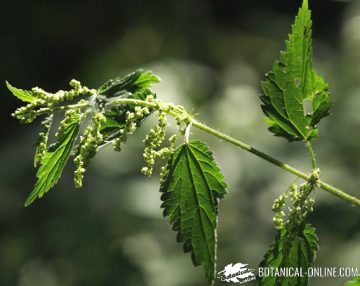
Sometimes, the product is totally innocuous, as is the case with garlic infusions or decoctions. Among other plant that is commonly used we have the nettle that does not represent any danger. Even nettle extract is sold on the market, which is diluted in water and the plants are sprayed to treat many pests, such as mildew or aphids.
* See: Nettle natural insecticides for plant pests
Other times, it is necessary to wash the pulverized plant foods well because the applied product is not free of toxicity. Such is the case of tansy (Tanacetum parthenium), whose infusions made with this dry plant and water are toxic to man. Wormwood is also a toxic plant.
Thujone has been considered to be responsible for the convulsions and hallucinations of absenteeism or absinthism, experienced by those who usually drink absinthe an alcoholic drink in whose composition the absinthe enters. It has been proven that thujone damages the brain and the liver.
Even so, being potentially toxic, some of the naturally occurring plant-based remedies are much more convenient than chemicals, since they degrade more easily and, in most cases, can be used undissolved or at lower concentrations as to be responsible for toxicity phenomena in people who use them to fumigate their plants. It suffices to clean the food well so that its toxicity disappears.
Treatment against garden pests with garlic
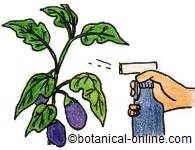
What do we need to spray the plants with garlic against the pests? :
- A head of garlic (50g aprox.)
- 5 liters of water
How to prepare it?
- Chop the garlic
- Let it marinate in 5 liters of water for about 1 week, in the fridge.
- Filter the mixture.
- Dilute in half: 1 liter of mash with 1 liter of water.
- Place in a container to spray on the plants with a spray.
What to use it for?
- It is effective against most pests and fungal diseases, aphids, red spider, etc.
![]() More information on ecological treatment of plant diseases and plagues
More information on ecological treatment of plant diseases and plagues

